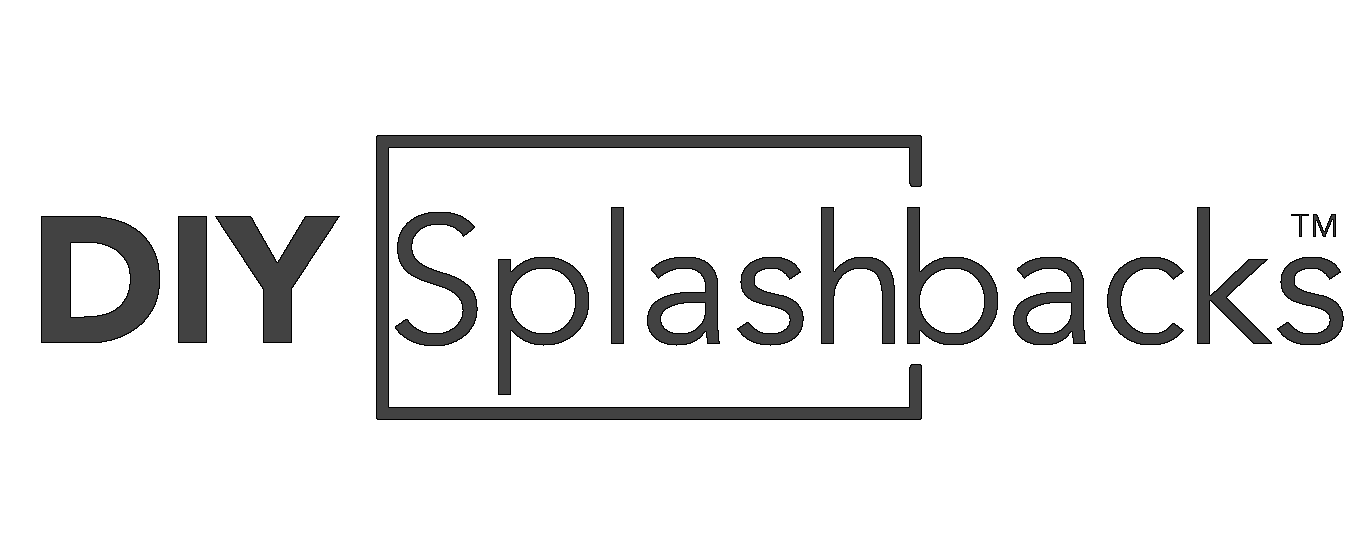Design That Speaks: How Surfaces Tell Your Brand’s Story
_1000.png)
Every space tells a story. From the moment a client steps through your door, the walls, textures, and finishes communicate who you are—before you even speak. Design is your brand’s silent ambassador, and the surfaces within your environment act as the language it speaks.
When executed with intention, design doesn’t just decorate—it differentiates.
1. The Silent Power of First Impressions
In business, perception is reality. A sleek glass panel, a consistent color palette, or a bold statement wall can establish credibility faster than any brochure.
Surfaces create subconscious cues—gloss signals innovation, matte suggests warmth, and balance projects stability. Every surface reflects your brand’s personality and values.
With customizable options from DIY Splashbacks, companies can easily align design elements with brand identity, ensuring their interiors communicate professionalism and precision from the first glance.
2. Branding Beyond Logos
Modern branding extends far beyond signage and color schemes. The physical environment must echo the same message your digital presence sends.
For example, a minimalist glass splashback in a showroom says efficiency and elegance. A textured metallic panel in a tech workspace says innovation and strength. Each choice reinforces the essence of your brand—without a single word spoken.
Design consistency across surfaces creates cohesion, and cohesion builds trust.
3. Materials as Messaging
Every material tells a story:
Glass conveys transparency, clarity, and innovation.
Metal projects resilience and precision.
Wood speaks warmth, tradition, and trust.
Choosing the right combination of these materials is how great brands communicate values visually. Glass splashbacks, in particular, have become a hallmark of modern design—they’re durable, elegant, and versatile enough to fit any aesthetic narrative.
DIY Splashbacks provides a range of glass options, finishes, and colors that allow designers and business owners to curate spaces that truly embody brand identity.
4. The Psychology of Surfaces
People respond emotionally to texture, light, and reflection. A high-gloss surface energizes, while soft tones soothe. Reflective surfaces create openness, signaling honesty and ambition.
By integrating reflective glass splashbacks, brands can enhance both natural light and perception of space—two key factors in how welcoming and trustworthy an environment feels.
When your surroundings feel intentional, your brand feels authentic.
5. From Space to Statement
Design isn’t just decoration—it’s communication strategy. Every surface becomes a touchpoint in your brand’s story. Whether in retail, hospitality, or office settings, surfaces are how your brand’s values translate into tangible experiences.
Great design ensures that what people see reinforces what you want them to believe.
Final Remarks
Your brand’s story deserves to be told with clarity, consistency, and confidence. Thoughtful surface design—especially with tools like DIY Splashbacks—turns walls into expressions of identity, trust, and excellence.
Because in modern business, design doesn’t whisper—it speaks volumes.
